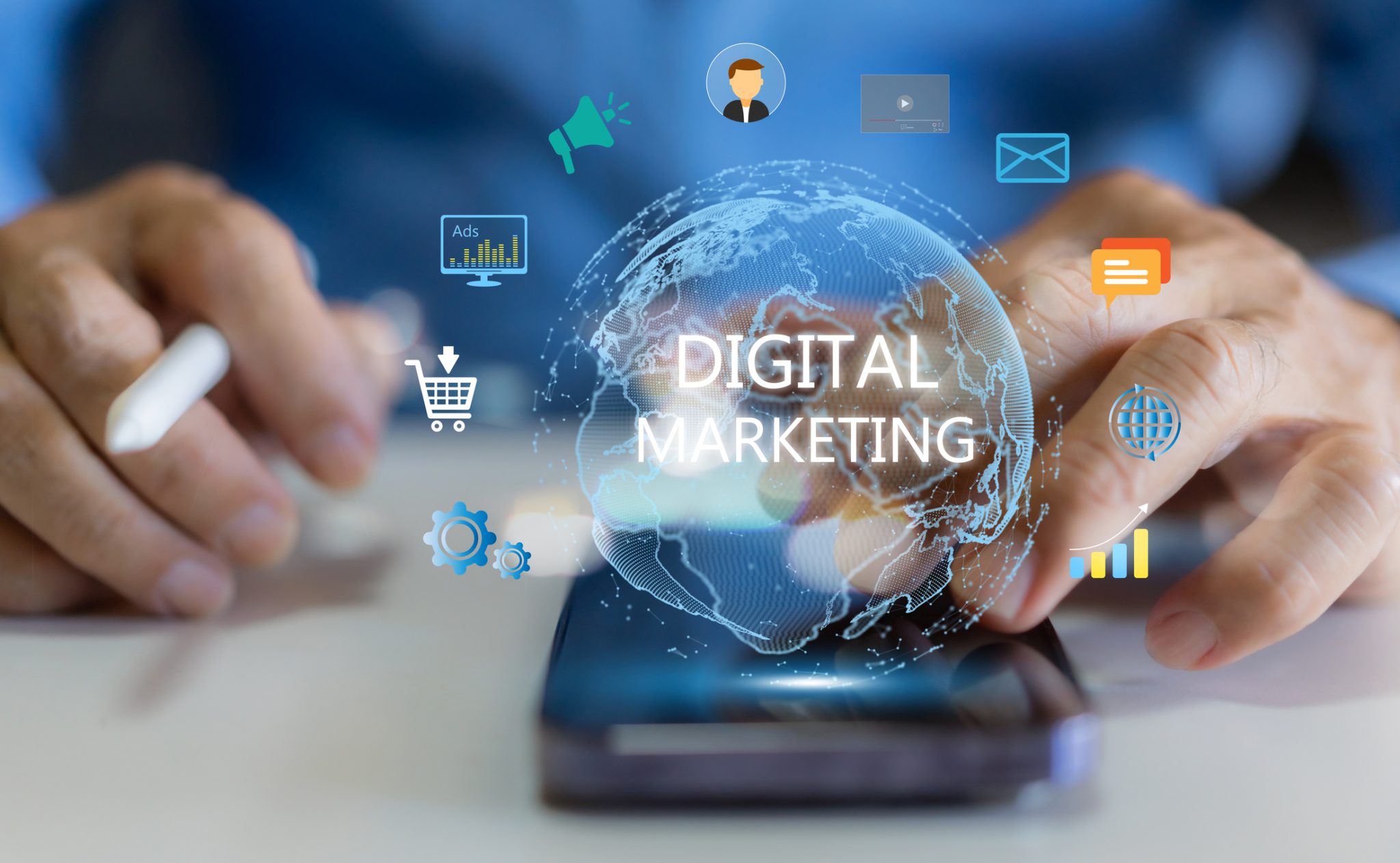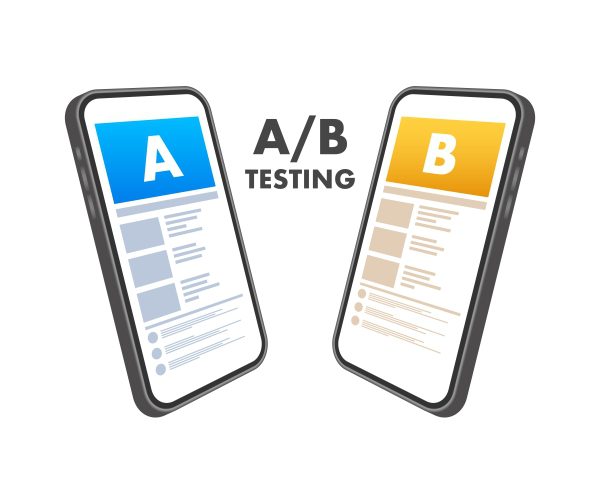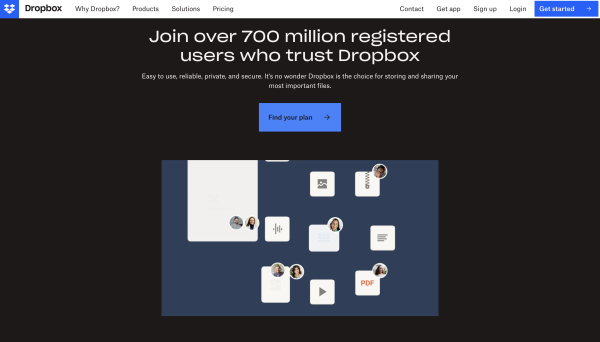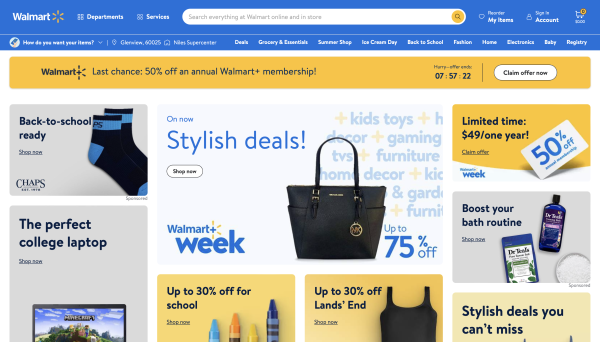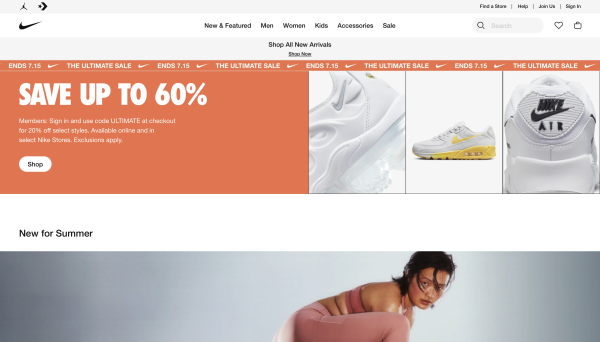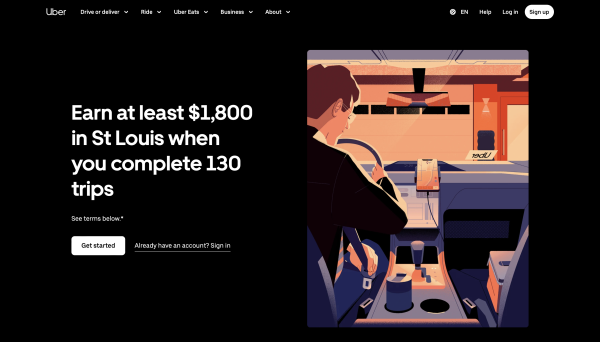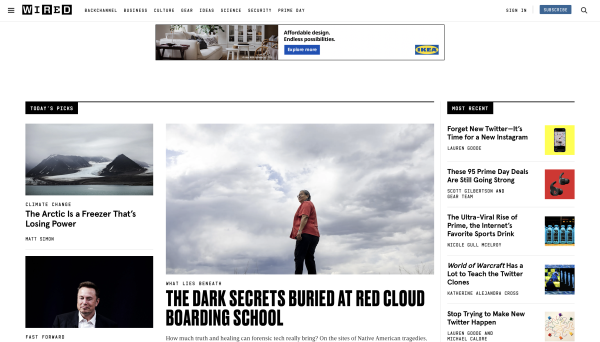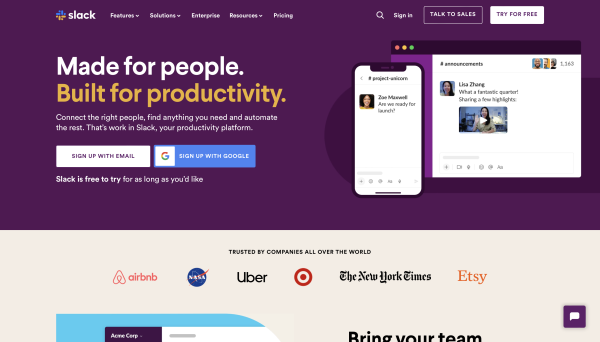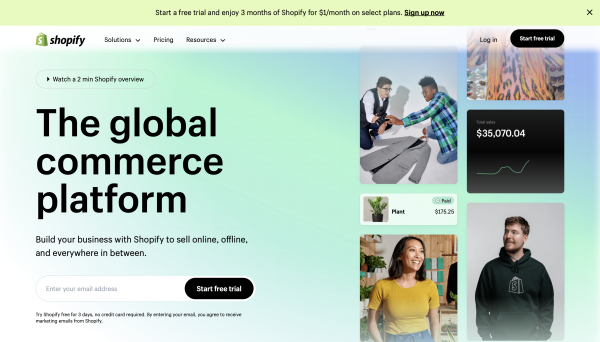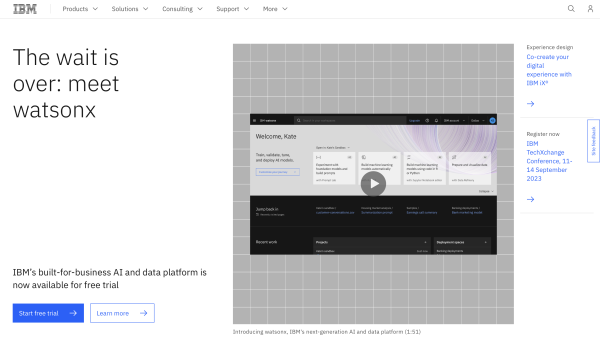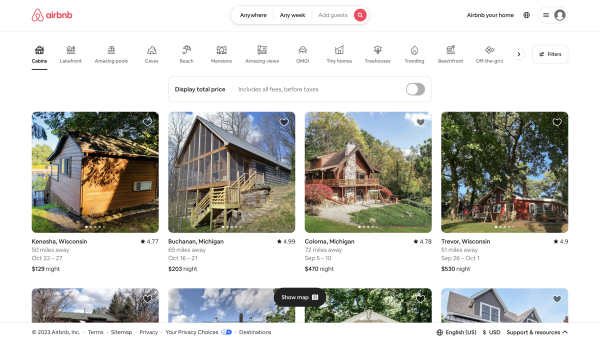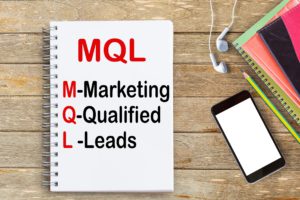
Inbox Influence: Mastering Email Marketing for Brand Success
Getting your email marketing strategy right can be a game-changer for your business and your brand. Email stands as the cornerstone of direct marketing tactics, offering a personal touch that many other platforms struggle to emulate. The key to success lies in understanding the intricacies of email marketing and leveraging them to your advantage.

The Foundation of a Strong Email Marketing Strategy
Before diving into the nuances, it’s crucial to establish a strong foundation for your email marketing strategy. This involves several pivotal steps:
- Understanding Your Audience: Knowing who your emails are targeting is the first step. This involves segmenting your audience based on their preferences, behaviors, and past interactions with your brand.
- Crafting a Compelling Subject Line: It’s their first impression. So make your subject line count by being clear, engaging, and intriguing without resorting to clickbait.
- Personalization is Key: Tailoring the content of your emails to fit the interests and needs of your recipients can significantly increase engagement rates.
Content That Captivates
Once the foundation is set, the content of your emails is where you can truly shine and make an impact. Here’s how to ensure your content is captivating:
- Value-Driven Content: Ensure every email you send packs a punch of value for your audience. This could be in the form of expert insights, exclusive discounts, or compelling narratives that resonate with their interests and needs. Aim to enrich their day or offer solutions to their problems with every interaction.
- A Clear and Concise Message: Clarity is king in the realm of email communication. Your email should serve a distinct purpose, whether to enlighten, convince, or amuse your recipients. Craft your content to be straightforward and accessible, eliminating any potential confusion and making the key takeaway immediately apparent.
- Interactive Elements: Elevate your emails from static messages to dynamic conversations by embedding interactive features. Polls, surveys, and clickable links not only make your emails more engaging but also serve as tools to gather insightful feedback and preferences directly from your audience, enhancing the personalization of future communications.
Design That Delivers
The design of your email is just as important as the content. A well-designed email can enhance your message and encourage readers to engage with your content.
- Responsive Design: In today’s mobile-centric world, it’s crucial that your emails look flawless across all devices, especially smartphones. A significant number of your audience will be reading your messages on the go, so optimizing for mobile ensures a seamless and engaging experience. Responsive design adapts your email’s layout and content to fit various screen sizes, preventing formatting issues that could detract from your message’s impact.
- Use of Images and Videos: Integrating images and videos can transform your emails from plain text to captivating narratives, but balance is key. High-quality visuals should complement and enhance your message, not distract or detract from it. Be mindful of file sizes to ensure your emails load quickly, maintaining a smooth user experience and keeping engagement high.
- Whitespace and Layout: The strategic use of whitespace and a thoughtful layout can significantly improve the readability and overall appeal of your emails. Whitespace helps to break up text, making your content more digestible and less intimidating, while a well-organized layout guides the reader’s eye through your message, ensuring they focus on the most important elements. This thoughtful design approach can turn a potentially overwhelming email into an enjoyable read.
Testing and Optimization
An effective email marketing strategy is not static; it evolves. Regular testing and optimization are crucial for continued success.
- A/B Testing: A/B testing, or split testing, is a critical tool in refining your email marketing strategy. By creating two versions of your email, each differing in one key aspect like the subject line, call-to-action (CTA), or layout, you can send these variants to a small segment of your audience and measure which performs better. This data-driven approach removes guesswork. It allows you to understand your audience’s preferences and optimize future communications for better engagement and results.
- Analyze and Adapt: The power of email marketing lies in its measurability. Utilizing analytics tools to monitor the performance of your emails gives you insight into what captures your audience’s attention and prompts action. By examining metrics such as open rates, click-through rates, and conversion rates, you can identify strengths and areas for improvement in your content and CTAs. This continuous cycle of analysis and adaptation ensures your email marketing strategy remains dynamic, responsive to audience needs, and aligned with your overall business goals.

Leveraging Automation
Automation can take your email marketing strategy to the next level. It allows for timely and relevant engagement with your audience without requiring constant manual effort.
- Welcome Emails: Crafting an automated series of welcome emails for new subscribers is a pivotal first step in nurturing a lasting relationship with your audience. These initial communications should warmly introduce your brand. They should also highlight the value of your offerings and set the tone for future interactions. Tailoring this series to gradually educate and engage your new subscribers can significantly enhance their connection with your brand. It will also encourage continued engagement.
- Behavior-triggered Emails: Leveraging behavior-triggered emails allows you to send highly relevant and timely messages based on specific actions your users take. For instance, if a user abandons their shopping cart, an automated email can remind them of their incomplete purchase. This email could offer them a discount or answer potential questions related to the transaction. Similarly, showing interest in a particular product could trigger an email providing more detailed information or related items, thereby personalizing the user experience and increasing the likelihood of conversion.
The Art of Engagement
In the end, the goal of your email marketing strategy is to build and maintain a relationship with your audience. Engage them with stories, involve them with interactive content, and always provide value. Your emails should feel like a conversation, not a sales pitch.
Beyond the Inbox
To wrap up, perfecting your email marketing strategy is about much more than just sending out emails. It’s about creating a comprehensive experience that starts with a compelling subject line and ends with a satisfied customer. By focusing on your audience, crafting captivating content, designing for impact, testing and optimizing, leveraging automation, and prioritizing engagement, you can turn your email marketing efforts into a significant asset for your brand. Remember, in the vast sea of digital communication, your emails are your ambassadors. Make them count!


